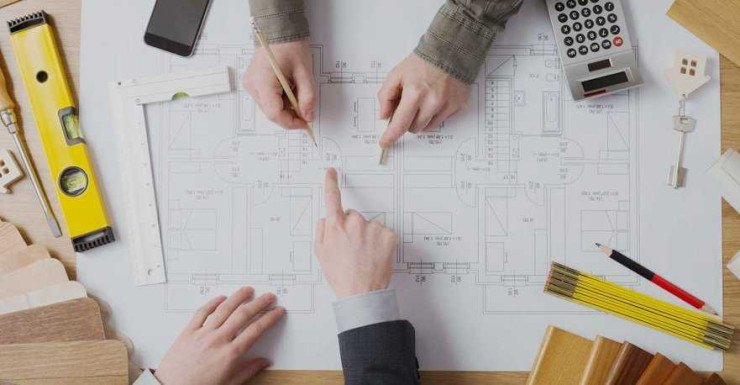Maximizing Results: Working with an Industrial Contractor
When it comes to large-scale industrial projects, selecting the right industrial contractor is critical. From site work and industrial maintenance...

In today’s digital age of social media, Pinterest inspiration, and educational influencers, creativity is more important than ever in school design. But for many educators and administrators working with limited budgets, meeting these creative demands can feel overwhelming.
As you prepare for your school construction project, you’ve likely heard exciting requests from future students and staff — from full-scale musical theaters and large art studios to high-tech computer labs and versatile club spaces. Unfortunately, not every school budget can accommodate all these wishes.
The good news? With smart planning and innovative use of resources, you can create a modern, functional learning environment that serves the needs of students, families, and faculty — all while respecting budget constraints.
Designing flexible spaces that serve multiple purposes is one of the most effective ways to stretch your budget. By maximizing square footage, schools save money while increasing the utility and versatility of each room.
Imagine a classroom that transforms effortlessly between uses: art supplies neatly stored away on a mobile cart after a painting lesson, cleared out to become a music and movement space with yoga mats and speakers. This adaptability makes learning dynamic and cost-effective.
Large spaces like gyms and cafeterias can double as theaters or assembly halls. Adding a retractable stage and curtain walls allows these areas to host plays, concerts, community meetings, or study groups — making your school a vibrant hub beyond regular school hours.
These multi-use spaces not only optimize your investment but also foster strong community connections by offering venues for local events and activities.
Smart daylighting design can reduce energy consumption, improve comfort, and enhance student focus — a triple win for budget-conscious schools.
Positioning your building to maximize sunlight reduces the need for electric lighting and cuts heating/cooling costs. For example, a one-story design or an east-west building axis can optimize solar access while controlling heat gain.
Investing in double-glazed, energy-efficient windows may seem costly upfront but delivers long-term savings on utility bills. These windows maintain comfortable indoor temperatures year-round, promoting a better learning environment and lowering maintenance costs.
Studies show that classroom temperatures between 68º and 74º support optimal learning, making climate control an important consideration for your design.
Balancing cost and longevity is essential in school construction. Selecting resilient materials reduces maintenance and replacement costs over time.
These materials help build schools that are both budget-friendly and built to last.
Budget constraints shouldn’t limit your school’s ability to grow and evolve. Planning infrastructure upgrades during construction can save time and money down the road.
Consider including:
Design your plumbing, electrical, and data systems with easy access for future maintenance and expansion. Additionally, creating rentable spaces like auditoriums or large meeting rooms can generate community engagement and revenue.
Creating a modern, functional school on a tight budget is possible with strategic design and resourceful planning. By maximizing multi-use spaces, harnessing natural light, choosing durable materials, and future-proofing infrastructure, your school can meet educational standards and community needs — without overspending.
At SubCity Contractor Network Pro, LLC, we specialize in delivering smart, cost-effective construction solutions tailored to your school’s unique goals.
📞 Contact us today at (228) 224-2703 to discuss your upcoming school construction project and learn how we can help you maximize your budget.
In today’s digital age of social media, Pinterest inspiration, and educational influencers, creativity is more important than ever in school design. But for many educators and administrators working with limited budgets, meeting these creative demands can feel overwhelming.